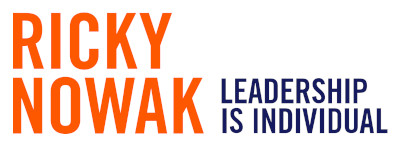
Compelling learning cultures do not happen by accident. They are nurtured in environments rich in quality care, quality people and quality values and work together in a way that is seamless. And while the sweet spot where they intersect is the foundation for a compelling learning culture, it takes tenacity, commitment, continuous engagement and rigorous feedback to ensure the culture is strong and dynamic.
Some organisations have tried to create a learning culture by initiating and scheduling learning events, workshops, lunch ‘n’ learn or even three-day conferences. But they are often weak and unstable despite the dollars and time invested. Without the passion and commitment to learn, program interrupt the patter of learning with snapshots of possibility and opportunity, but this in itself has little to do with culture.
Dynamic learning cultures are not products of a 10-stp formula. They are formed and shaped by personalities, robust and open conversations, commitment to a set of values and behaviours that are owned by all and mostly significantly bypass the ego and the obsolete. They are geared up to be drivers of change, innovation and diversity and prepared to change the predictable patterns of behaviour to create highly efficient processes and procedures.
Creating a compelling learning culture depends on active planning, intuitive and immediate response and continuous adjustments, with focus on three levels, namely:
- How to prepare the learning culture transfer to stimulate inquiry and enthusiasm.
- How to support the learning culture transfer during the learning phase to heighten the learning experience.
- How to ensure the implementation and support post training and ensure there is evidence of learning and results.
In order to get the culture right, it is imperative to involve the participant in the planning stage. Here are several examples from high performance teams who have identified their results came from spending time in the preparation and commitment stage.
- Have staff create a Professional Action Plan with date and expected outcomes and signed agreement to commit to the process or not go ahead.
- Have the manager of the team review the Action Plan immediately and then again 30/60/90 days, with an option of HR being cc’d if required.
- Give the staff the right signals that demonstrate commitment to learning from the top down.
- Schedule time in between training sessions to review what’s working, what’s not, what has results from the program to date and what still needs to be implemented.
- Don’t wait for training programs to be completed before HR reviews commitment to implement.
- As a manager, join your team in the learning.
- Identify the four core areas to avoid problems with implementation:
- Identify the main issue.
- Identify the problem or concern.
- Look at the obstacle.
- Provide options for solution (with a deadline in place).





